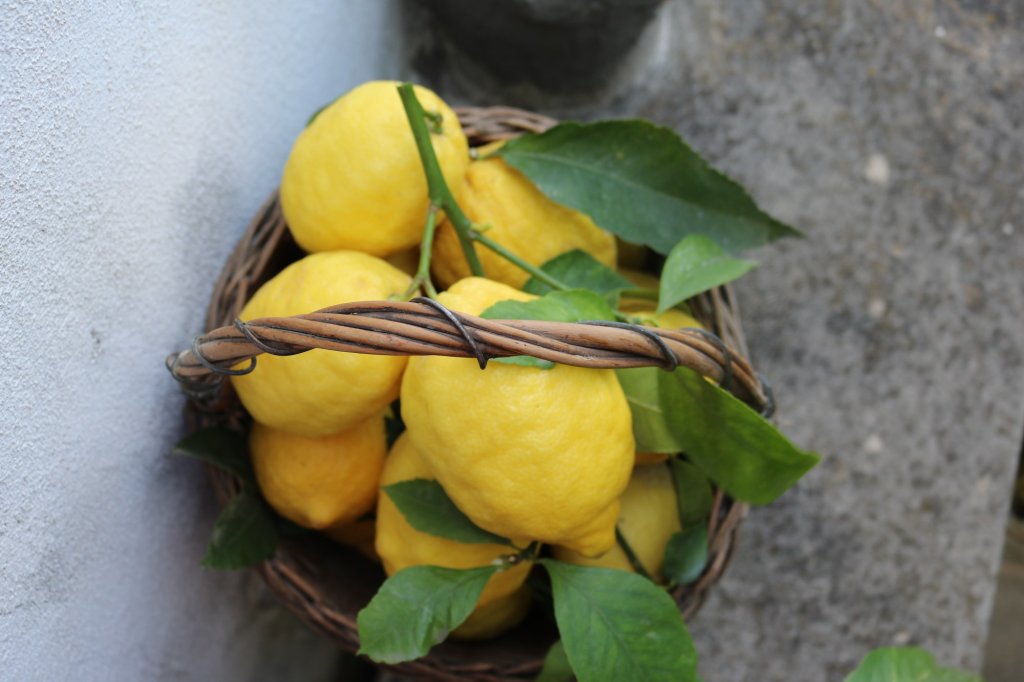
This is a guest blog post from our friends in Italy at Visit the Amalfi Coast. Check them out here.
You have certainly heard about the famous Amalfi Coast lemon. It’s ubiquitous in any photos taken while visiting. Not only are they picture-perfect, but they’re so important to our cooking and culture. These lemons are used daily in our food, our gardens, and our life. But what is the sfusato amalfitano and why is it so famous worldwide? Let’s dive into its unique characteristics, how it became so famous, its history, and how we use it.
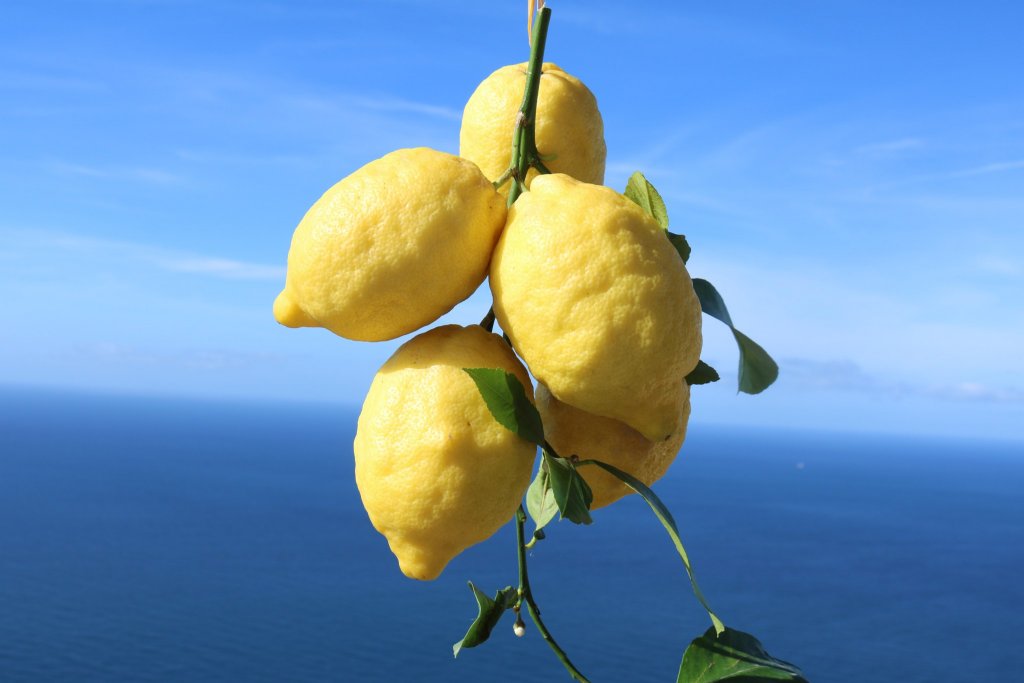
Characteristics
The Amalfi Coast’s lemon, also known as “Sfusato Amalfitano”, is an Italian IGP product (protected Geographical Indication). It is exclusively produced in the towns of the Amalfi Coast.
This wonderful product has some exclusive features that make it unique, including its elliptical-elongated shape, its medium-thick bowl, and its light yellow color. It has an intense aroma and scent and is very rich in essential oils and terpenes. These characteristics also make it the perfect product for the production of limoncello. Its pulp is juicy and moderately acidic, has few seeds, has a medium-large size, and is very rich in vitamin C.
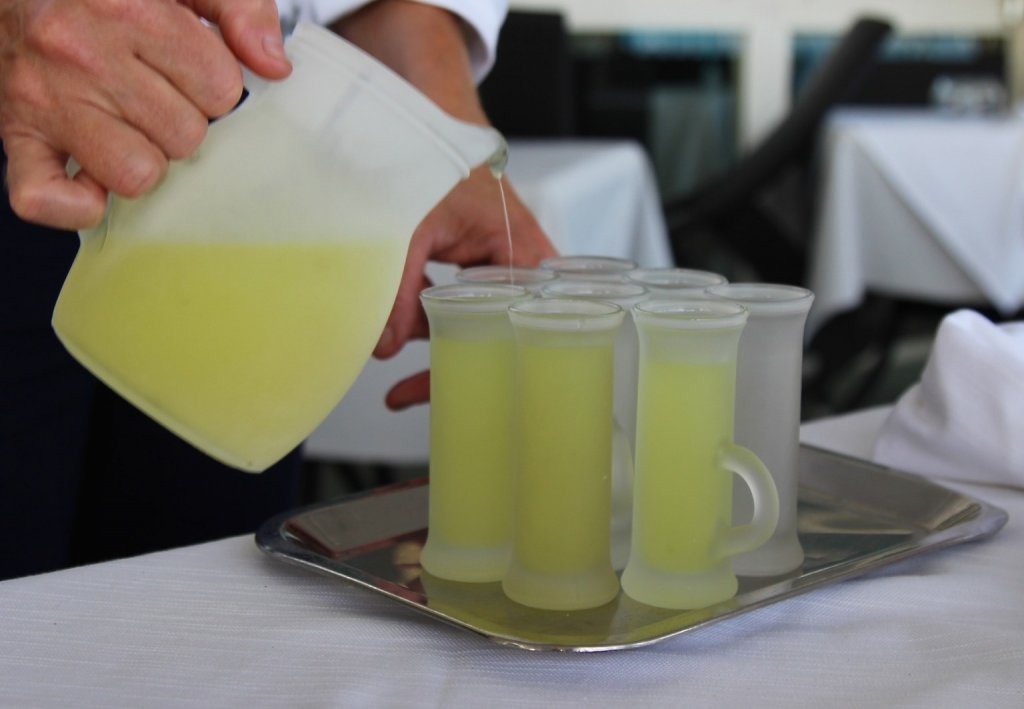
Cultivation techniques and collection
Sfusato Amalfitano grows exposed to the sun and hot winds from the south and enjoys the protection of the Lattari Mountains which shelters them from the cold currents coming from the countries of Northern Europe and from the “Tramontana” (the north wind). Said wind was discovered by the navigators of the maritime republic ( it takes its name from the town of Tramonti). The typical terraced cultivation contributes to making its “gardens” picture-perfect and famous in the world – and on the internet.
The cultivation takes place under the scaffolding of chestnut poles of different heights, so they are protected during cold periods by non-woven fabric sheets that prevent the plants from being exposed to the cold.
Lemons generally bloom twice a year: in spring and autumn. Their collection typically begins in May In fact, it is possible to notice on the same branch the ripe lemon, the lemon which will then be harvested in autumn, and the lemon flower which will then be born in the following spring.
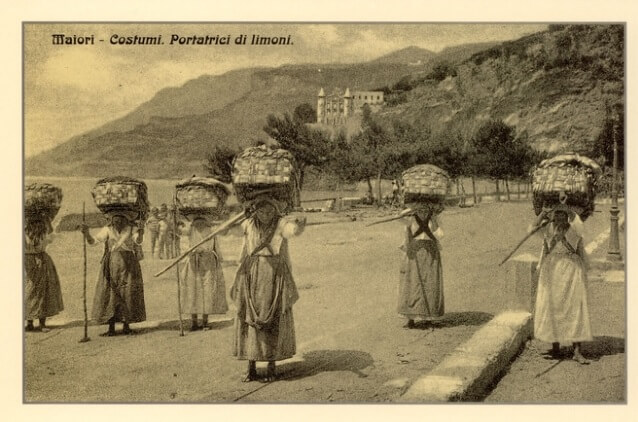
A little hint of history…
The towns of the Sorrento-Amalfi peninsula where the first lemon trees spread were Maiori, Minori, Sorrento and Massa Lubrense. The Arabs were the first people who introduced the lemons to Spain and Sicily and then to Campania. But the real spread of the lemon in the Amalfi area took place for a more practical reason: its effectiveness in the fight against scurvy, a vitamin C deficiency disease. From 1400 to 1800 lemon demand was very high, including from other countries, and especially north-European because of their commitment to the fight against scurvy.
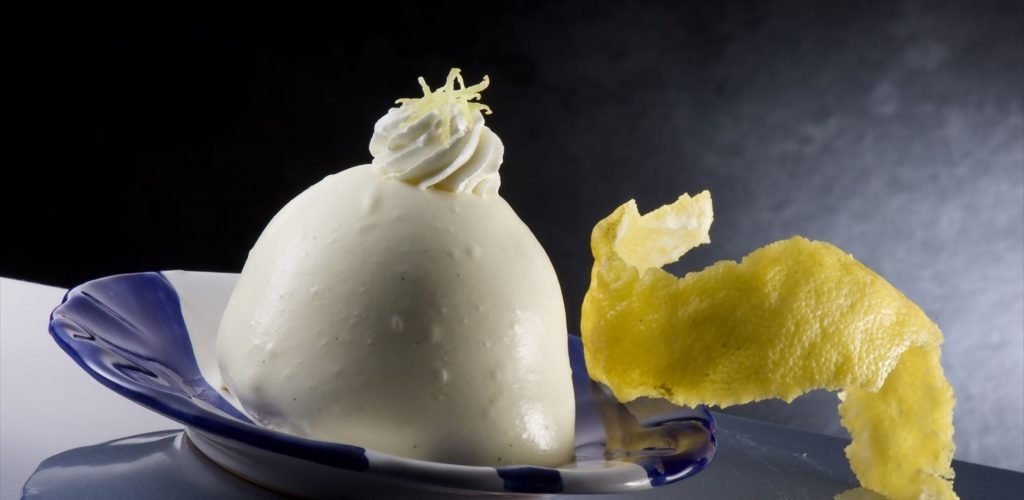
The way we use lemons
Lemons from the Amalfi Coast are widely used in cooking around the coastline. In addition to the production of limoncello, another typical use is as a dressing for fish dishes, seafood appetizers, in local specialties, on meats… it is always there!
Lemons are also used to make many desserts and are at the base of many specialties, such as delizia al limone, babà al limoncello, cakes, profiteroles, chocolates, and many other typical local sweets.
How to have a full immersion on the Amalfi Coast of this wonderful product
So as being said, you can certainly try this product while visiting the Amalfi Coast. But if you are looking for a unique and unforgettable experience, there is the opportunity to experience a private lemon tour.
During your experience, you will stroll around the yards, learn about the different types of lemons, learn about their cultivation and how and when lemons are harvested and discover several products that can be made using lemons.
You will attend a Limoncello demonstration made with the finest Amalfi Coast lemons!
In conclusion, surrounded by the magical and relaxing atmosphere of the Amalfi Coast, you will certainly enjoy your meal and the healthy, exquisite, and delicious lemon-based dishes found in the region.
